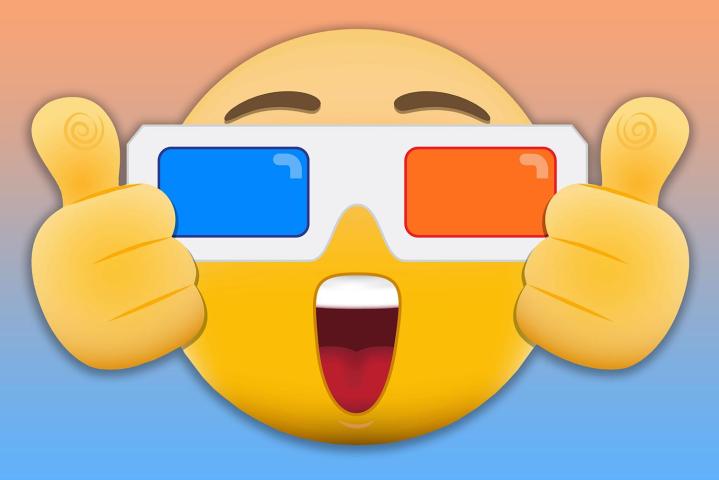
The Unicode Consortium announced the official release of Unicode 10.0 which means you’re that much closer to having 56 more ways to express yourself. The list of new emojis — released in March — will be included in major updates for Apple, Microsoft, Samsung, and Google.
The variety of emojis includes several representations of diversity, along with a woman breastfeeding a baby, a woman wearing a hijab, a “gender-inclusive” child, adult, and older adult. For any fantasy fans out there, you’ll be happy to know the list also comes complete with a fairy, mage, vampire, mermaid, and elf.
When it comes to choosing which new emojis actually make the list, the consortium takes proposals and these additions are based on recommendations from the public over the past year. Other additions to the release of new emojis include a flying saucer, a T-rex, a sandwich, broccoli, and a pair of socks. And thanks to the efforts of a successful Kickstarter campaign, the new update does include a fortune cookie and dumpling emoji.
Google revealed the new emoji support in the first beta of Android O which has been redesigned to no longer look like strange “blobs.” They now look far more realistic and similar to the design you would see on iOS. As far as Apple goes with updates, users will most likely see the new emojis in the next major iOS release.
The use of emojis has grown immensely popular and migrated from texting to apps like Snapchat and Facebook Messenger. The Unicode Consortium, the nonprofit responsible for developing, maintaining, and promoting software internationalization standards and data, has responded with its common practice of releasing new emojis that better represent society, our online language, and offer further inclusivity.
While most might think the word “emoji” derives from “emotion,” any similarity to the English word is purely coincidental, as the word has its roots in the Japanese language. Originally meaning pictograph, the Japanese “e” means picture, and “moji” means character, together literally meaning “picture character.”


